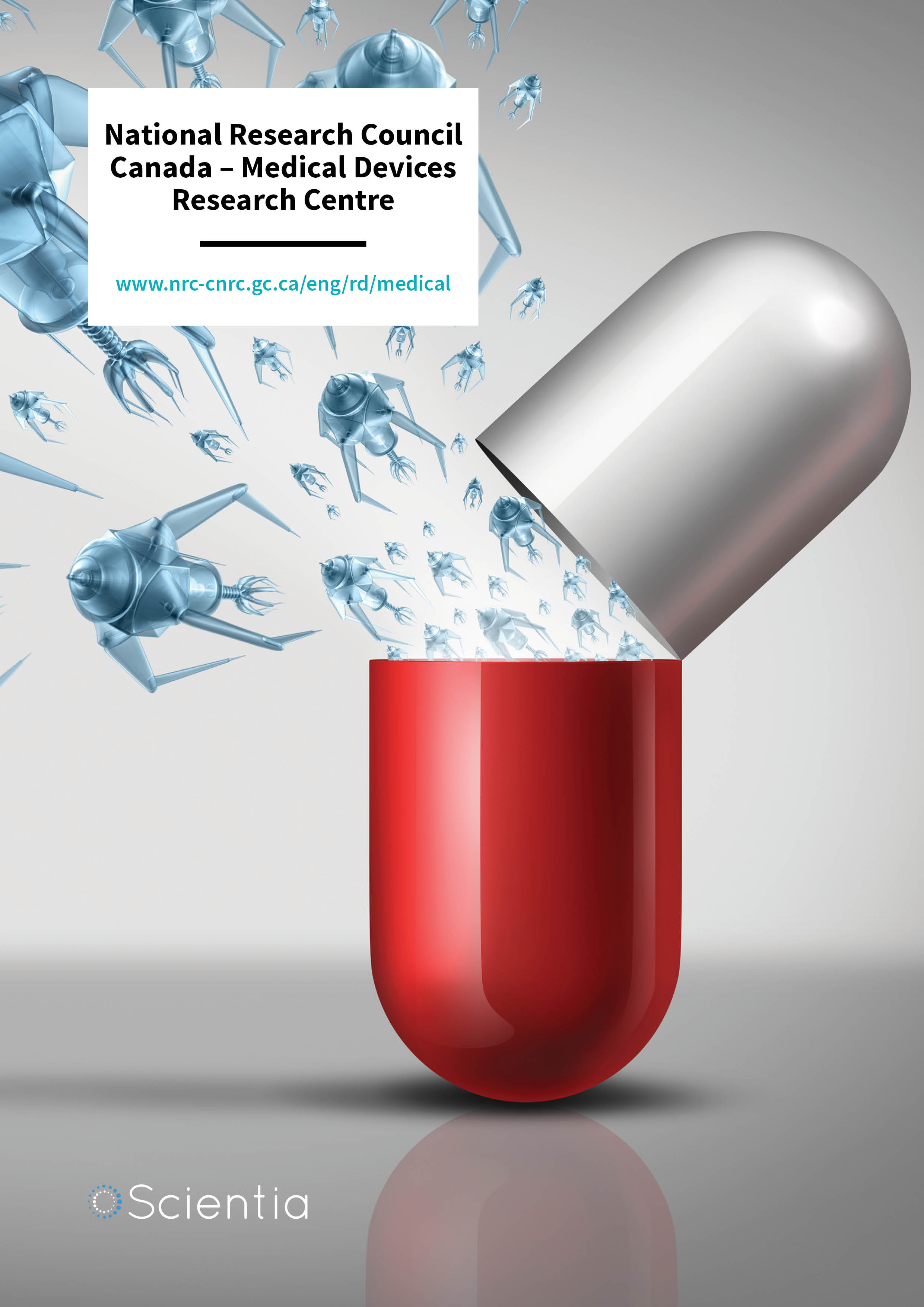National Research Council Canada – Medical Devices Research Centre
The National Research Council of Canada (NRC) celebrated 100 years of existence in 2016. It has a rich history of contributions in medical device innovation, from the development of one of the first cardiac pacemakers in the early 1950s, to the first mass-produced electric wheelchair, to more recent inventions in the medical imaging sector.
In this exclusive interview, Dr Jean-François Houle, Director General of the Medical Devices Research Centre of the NRC, tells us about their work to support commercialisation and translation of the NRC’s vast knowledge and intellectual property-base, in the fields of biosensors/biochips, functional nanomaterials and microdevices, in vitro diagnostics, implantable devices, medical simulation and digital health technologies. All this is achieved through a large-scale program aimed at supporting the industrial medical devices sector, academia, and other federal government departments in fulfilling their research imperatives.
Can you tell us a little about your current role in supporting commercialisation of new medical technologies and your vision and goals for the future?
We provide our clients with R&D services, access to professional experts, and world class scientific infrastructure. We engage in research services agreements to help develop novel shared intellectual property or adapt NRC intellectual property to fit the needs and sector focus of our clients.
While our most recent activity has largely supported later stage technologies with a shorter path to commercialisation, we foresee a larger role in acting as a translational engine for novel ideas originating both from the NRC investment in science and technology platform development as well as from other sources such as academia, other government departments, clinicians, and industry. In the near future, it is our intent to make significant investments in newer platform technologies that can serve as core technologies for new segments of the industry.

‘The aging population and the rising tide of chronic illnesses will cause a dramatic increase in healthcare needs which in turn will cause a significant burden to healthcare systems across the world.’
Finally, for nearly 70 years, the National Research Council of Canada Industrial Research Assistance Program (NRC–IRAP) has been stimulating wealth creation for Canada through technological innovation. The program provides technology assistance to small and medium-sized enterprises (SMEs), at all stages of the innovation process, to build their innovation capacity and successfully take their ideas to market. NRC–IRAP helps SMEs identify and understand technology issues and opportunities and provides linkages to the best business and R&D expertise in Canada.
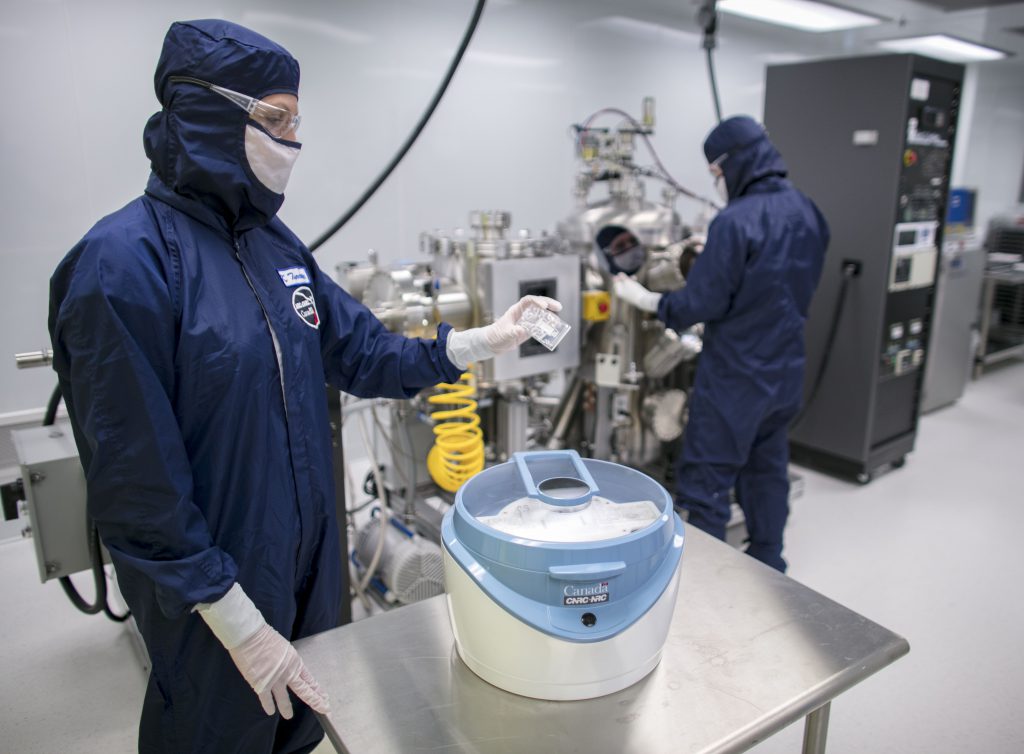
CREDIT: National Research Council of Canada
Please tell us about the potential healthcare benefits of supporting the development of new medical devices and technologies.
It is becoming increasingly clear that patients and individuals are demanding more personalisation of care – the growing demands on the healthcare system with the aging population and the number of individuals living with chronic conditions will force the system to become more efficient and more value-based, hence the term precision medicine.
Precision medicine requires richer sources of data to make better-informed decisions about care. This information comes from better diagnostic modalities, better integrated data analysis platforms, patient-centred information and smarter devices.
Briefly describe how you are supporting Canadian medical device companies to develop innovative medical technologies. What can you offer your collaborators?
We can play a number of roles depending on our client’s needs. We can act as inventors in internal research projects, the results of which are made available to our clients to augment their own intellectual property, or in collaboration with our clients where we co-develop intellectual property that fits with their product vision.
As innovators, we help translate breakthrough technology into a ‘proof of concept’, with an eye towards commercialisation and manufacturability. Finally, as technology integrators, we can put into play the vast expertise of our 1,800 research colleagues at the NRC to incorporate technologies from other sectors and provide a total system solution for our clients.
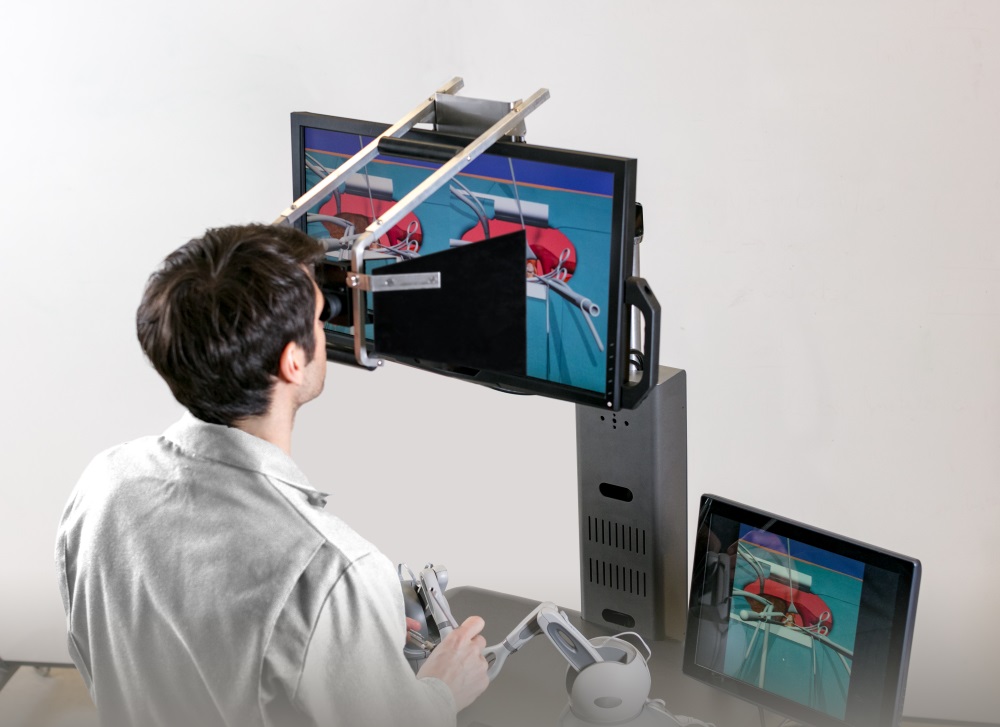
CREDIT: National Research Council of Canada
Can you tell us a bit about the research infrastructure you support and the research facilities available to aid development and commercialisation of medical technology?
Our Simulation and digital health group focusses on three research activities: Medical Task Simulation to develop software tools to facilitate training of healthcare delivery; Cognitive Care to develop Virtual Reality/Augmented Reality software tools to complement the assessment and remediation/management of cognitive deficits; and thirdly, Interactive Remote Care to develop software tools to support remote patient management. Each research activity is supported by a corresponding core software platform.
Our microfluidics facilities, located in Boucherville, houses state-of-the-art infrastructure for rapid prototyping of microfluidics. The NRC has pioneered the development of a Canadian Science and Technology platform for low-cost, industrially translatable, micro-nano device fabrication to support the emergence of a national ecosystem of molecular-based medical devices empowering in-vitro diagnostics, genomics-based precision medicine, cell-based therapy and regenerative medicine.
‘It is clear that care must be decentralised from costly treatment centres like hospitals and be more predictive, participatory and preventative much like the tenets of personalised or precision medicine.’
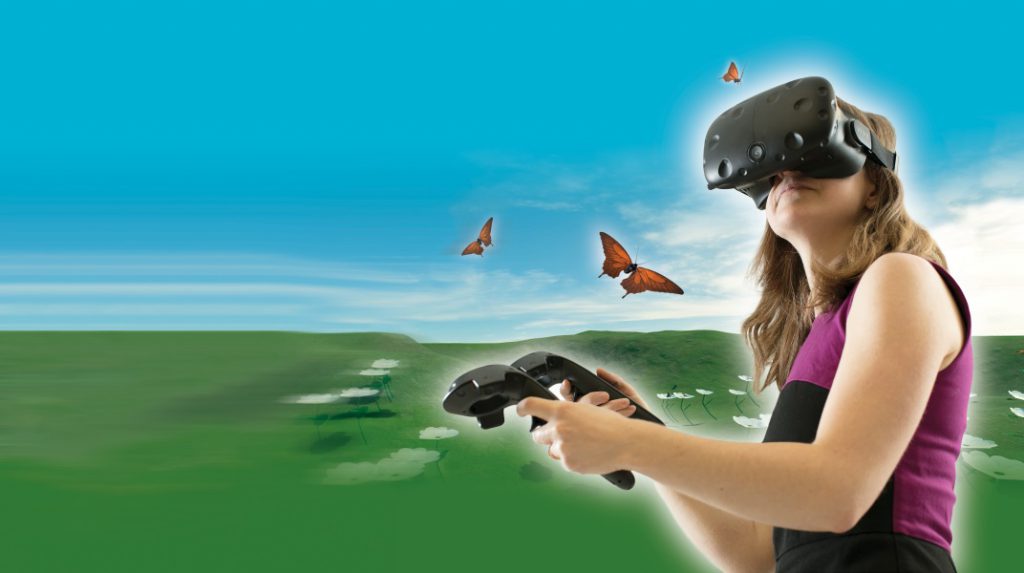
CREDIT: National Research Council of Canada
Representing an investment of $15 million into this unique science and technology platform for the fabrication of integrated bio-analytical micro-nano devices – its development has resulted in the publication of more than 150 peer-reviewed articles in high-impact journals and 25 patented technologies (60 patents worldwide).
The National Research Council’s activities on biomaterials and implantable devices target the development, design, manufacturing, and testing of biocompatible materials and devices. We have unique expertise and infrastructure on materials processing that covers a wide range of materials including metals, polymers, ceramics, coating, composites, as well as fabrication processes as diverse as injection moulding, pressing, extrusion, film processing, foaming, and a comprehensive testing suite for mechanical, structural, or chemical analysis. Our expertise in simulation supports the optimisation of fabrication processes as well as the design and optimisation of devices.
The National Research Council expertise has been successfully used to support the development of devices from ‘proof of concept’ to transfer to industry. These platforms and infrastructure serve as collaborative engines through which the NRC is delivering solutions for Canadian companies, addressing government priorities through collaborations with federal departments and international Research Technology Organisations. Ultimately, this makes the NRC a unique ‘one-stop-shop’ in Canada, to support product development by bridging innovations to market.
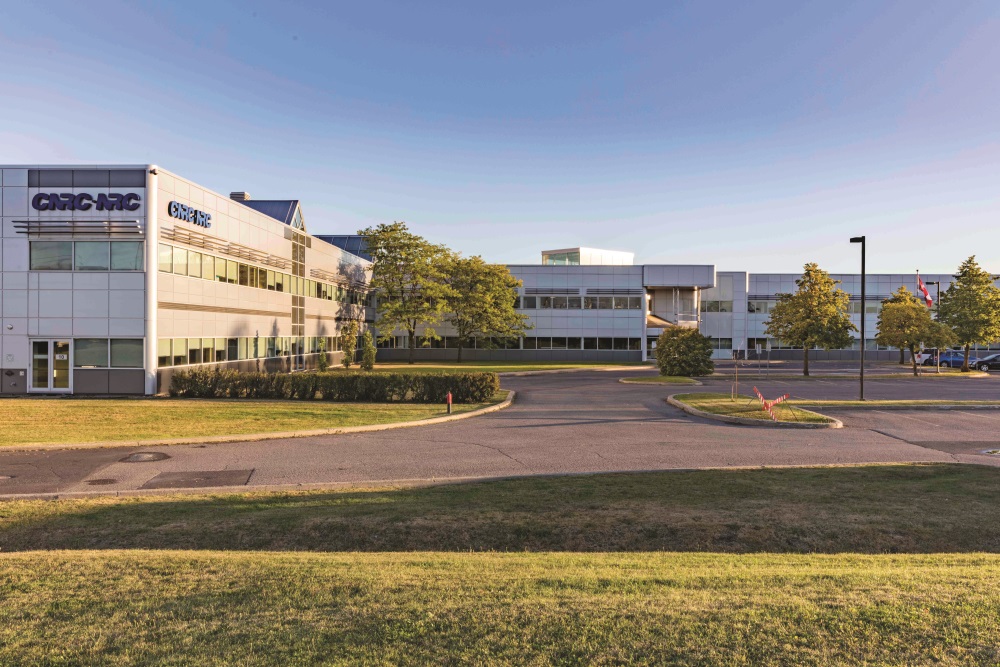
CREDIT: National Research Council of Canada
Can you give us examples of the kinds of technology you are currently developing or have been particularly promising or successful?
A powerful engine for real-time medical simulation is currently being adapted for a number of our customers for their specific surgical training applications. More notably, a version of this engine was at the core of a novel neurosurgical simulation system. Labelled the NeuroVR, it was successfully licenced to CAE Healthcare in January 2016. It has been showcased around the world and recognised as the most realistic surgical simulation platform in the world. More recently, with the support of Bayer Inc., the National Research Council developed a first-of-its-kind pulmonary endarterectomy surgery simulator that has the potential to improve the quality of life for thousands of Canadian patients.
Our one-of-a-kind facilities and expertise in bioanalytical micro and nano-devices are being used by a number of clients looking to automate and miniaturise analytical processes using our proprietary microfluidic cartridge and systems. For example, the National Research Council’s Medical Devices Research Centre and the Canadian Food Inspection Agency have developed a device that can identify one of the most dangerous bacteria that can enter our food supply in as little as 20 minutes. The new method is a dramatic improvement over the current test which takes a full day to complete.
The process developed by the two teams can easily be adapted to detect other bacterial or viral contaminants, and even allergens in food products. The new testing device has been patented and based on the interest the technology has generated in Canada and other countries, a Canadian company has acquired a licence to manufacture and bring the device to the commercial market.
Our considerable expertise in materials and manufacturing processes has led to the development of a proprietary titanium foam process which in turn has been incorporated in novel implants for the veterinary market as well a novel titanium screw for orthopaedic application in humans. The NRC-McGill porous screw technology developed for the treatment of scaphoid fractures recently obtained clearance from the Food and Drug Administration.
This is an important milestone in the development and commercialisation of the technology. The device was developed jointly by surgeons from McGill University and NRC researchers. Licenced to Amorchem™ in 2012, the company sees a good opportunity for the technology that supports the development of a therapeutic strategy where less metal and more bone mean better and faster healing.

CREDIT: National Research Council of Canada
Finally, what do you see as the biggest challenges that could be tackled by innovative medical technology in the next ten years?
The aging population and the rising tide of chronic illnesses will cause a dramatic increase in healthcare needs which in turn will cause a significant burden to healthcare systems across the world. Coupled with healthcare consumerism and the desire to move away from volume-based care (short-term cost) to value based care, to sustain productivity and quality of life, this phenomenon will provide a tremendous opportunity for medical devices entrepreneurs.
It is clear that care must be decentralised from costly treatment centres like hospitals and be more predictive, participatory and preventative much like the tenets of personalised or precision medicine. Diagnostic technologies, digital technologies, and smart devices all hold the promise of delivering solutions for these needs.


